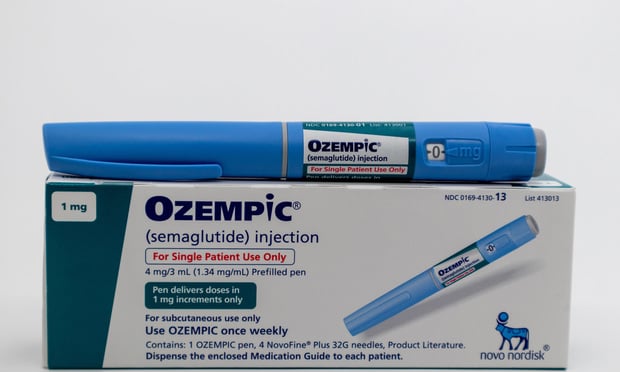We keep hearing about the rising popularity of consumer-driven health plans. A new Aon Hewitt survey finds CDHPs have surpassed HMOs to become the second most common plan design offered by U.S. employers.
Employees are willing to try CDHPs and their associated accounts—and will continue to choose them—because they often come with a lower premium. But, according to another survey of 3,000 employees and their dependents by Aon Hewitt, The Futures Company and the National Business Group on Health, employees find them challenging to understand and use.
"Employees want to choose the most cost-effective plan with the least hassle, but they often have very full lives and are not all that interested in digging into the details of CDHPs, HSAs and HRAs," says Joann Hall Swenson, partner and health engagement best practice leader at Aon Hewitt. "Our research and experience tells us that simply giving employees lots of educational information about these plans and accounts is only helpful to the small minority of people who like all the details."
Recommended For You
Swenson has the following advice for employers on encouraging (and explaining) CDHP enrollment>>
Get the right people into the right plan.
Employers need to identify segments of their population most likely to value and take advantage of the unique features of the CDHP, and tailor the marketing campaign to them. Also, they need to monitor employees' day-to-day experience of using the plan to ensure it "re-sells" itself and engages consumers in the appropriate health and financial behaviors.
Photo credit: nixxphotography

Reinforce the plan's advantages and actions.
Employers should articulate what's in it for consumers, specifically how they can benefit from the plan's key features, and be very specific about the actions consumers need to take.
Photo credit: vichie81
Keep it simple.
Make it easy for employees and their families to use the plan. This includes removing barriers to care at the point of need through initiatives like value-based plan designs or fully funding employer contributions to HSA/HRA accounts at the beginning of the year.
Photo credit: Naypong

Provide tools and support.
Employers must provide tools and support throughout the year. By doing so, more employees and their families can learn how to: Navigate new tools to help them make smart choices in selecting appropriate treatments and providers based on available cost and quality information; participate in activities to help them assess their health opportunities and risks such as biometric screenings and health risk assessments; follow preventive care guidelines; and actively manage chronic conditions by working closely with their physician and adhering to evidence-based treatment protocols.
© 2025 ALM Global, LLC, All Rights Reserved. Request academic re-use from www.copyright.com. All other uses, submit a request to [email protected]. For more information visit Asset & Logo Licensing.









